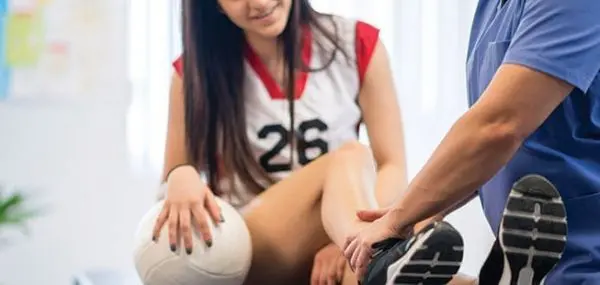According to the National Center for Education Statistics, more than 700,000 students ages 12 to 18 are physically attacked at school every year. If that isn’t scary enough, studies estimate that one in five women is sexually assaulted while in college.
So what can parents do to protect their teens out in the world, especially as they head off to college? Our experts have some ideas for keeping teens safe:
5 Ideas for Keeping Teens Safe
1. Self Defense.
It can’t hurt to consider self-defense classes offered through the local police department or a local karate or Tae Kwon Do studio, says Brian Van Brunt, Ed.D., executive director of National Behavioral Intervention Team Association.
Self-defense programs like IMPACT and RAD (Rape Aggression Defense) teach the importance of being aware of your surroundings and using all your resources (yelling “No!” or kicking and punching) to deter or stop an attacker.
2. Talk About It.
Self defense classes are only part of the solution, says Van Brunt. It’s important for adults to proactively talk to their teenagers, not only about how to protect themselves in dangerous situations but also how to avoid those situations in the first place.
“You want to have the conversation before the problem occurs,” he says. “I like to use this example—if you’re a police officer or firefighter, you don’t want to train at the moment when you’re responding to a bank robbery or putting out a fire.”
3. Practice.
Steven L. Pastyrnak, Ph.D., pediatric psychologist at Helen DeVos Children’s Hospital, suggests parents take the time to run through hypothetical situations with your kids. “If they’re going to a party, run through what could happen. Say someone’s driving them there. If the driver drinks at the party, what would your teenager do? Give them a sense of what their options are, good and bad.”
4. Put Safety First (And Mean It).
It’s important to let teens know that their safety comes before worrying about whether there will be a punishment, according to Pastyrnak. For example, don’t condone drinking, but do offer to provide a lecture-free ride home if your teenager needs it. (Save the discussion for later.) “If you keep open communication and keep judgment to a minimum, kids are more likely to seek you out,” he says.
5. Pay Attention.
Rather than giving teens a handbook, Van Brunt says that his overarching advice to his own teenage children and those he counsels is, “Pay attention to your environment. Know what’s around and how it affects the decisions that you make.”
For older teens, he frames the alcohol discussion as, “drinking to get drunk is not a really good plan,” pointing out that the bad things—sexual assault, hangovers, vandalism—often happen when you’re past the legal limit for driving. “I try to emphasize that if they’re going to make the choice to drink, do it in a way that’s maximizing the fun of that experience, rather than drinking as much as possible as quickly as possible.”
Pastyrnak adds that parents should always ask their teens enough questions to be able to assess the potential dangers in a situation. And if the risks outweigh the benefits, parents should limit the outing. “Despite all that, teenagers are not going to tell us everything; and they’re not going to ask for permission when they know that the answer will be no,” he says. “Knowing that your kids will likely find themselves in an unsafe position, it’s important to have conversations about potential risky situations as well.”




